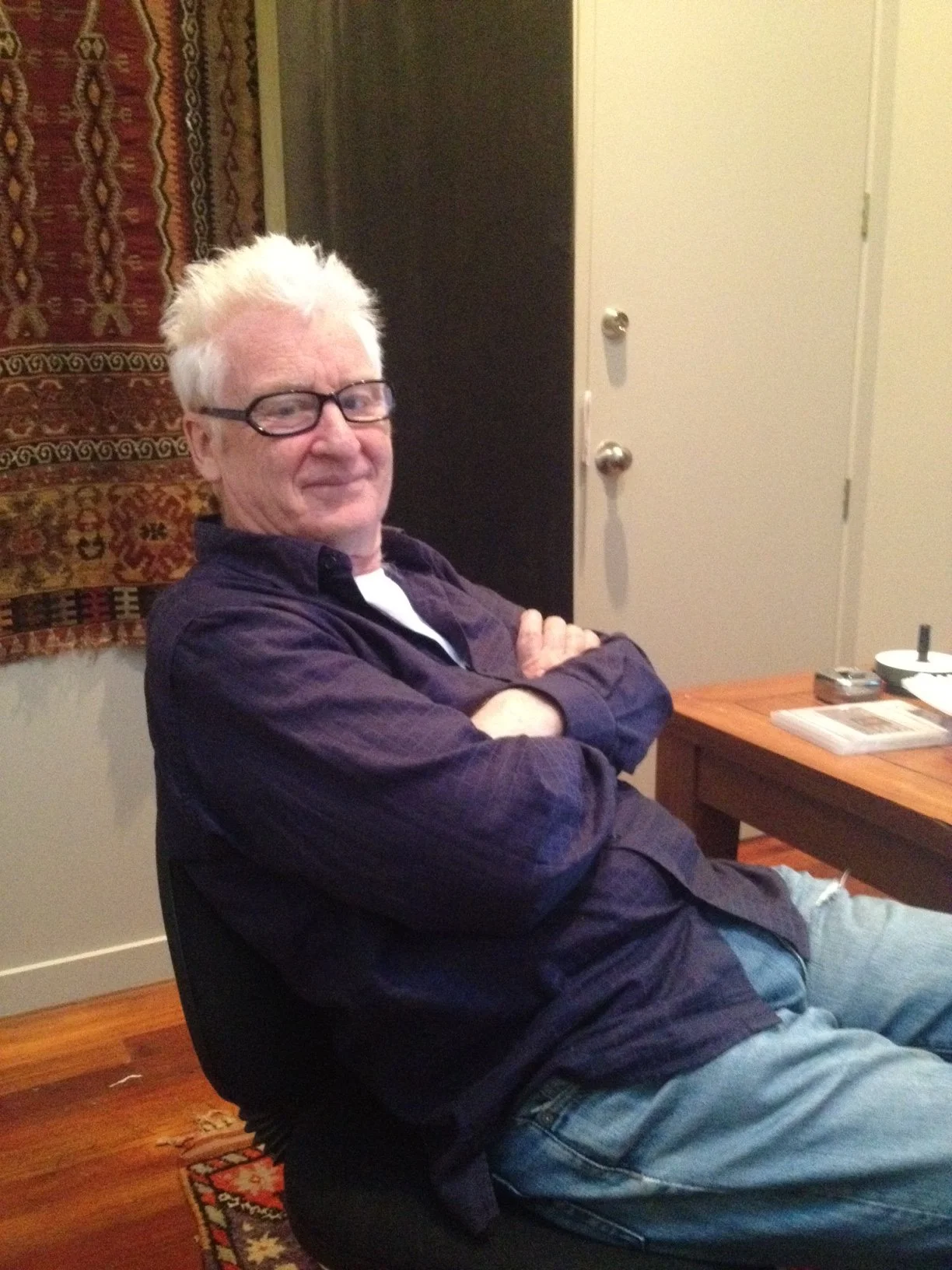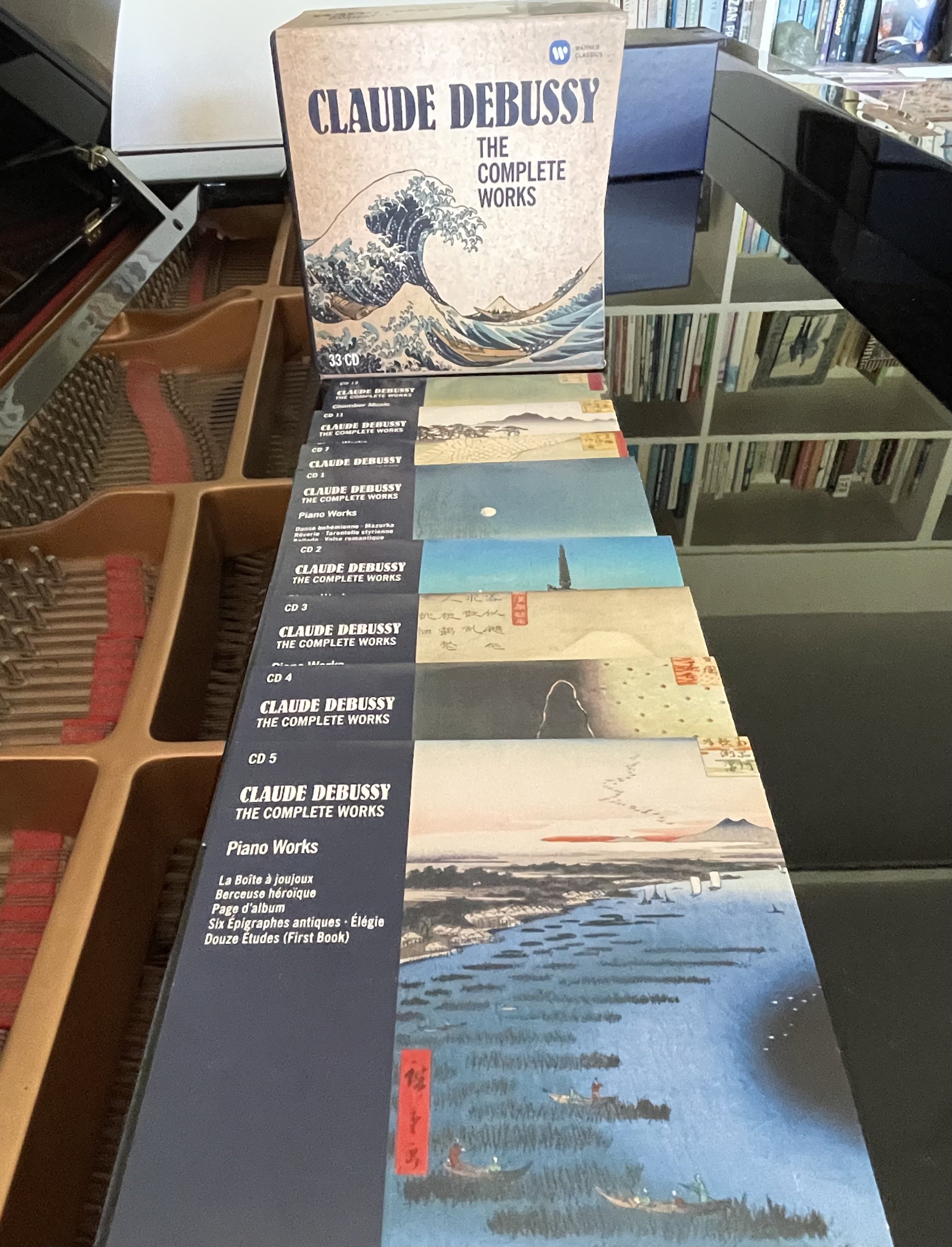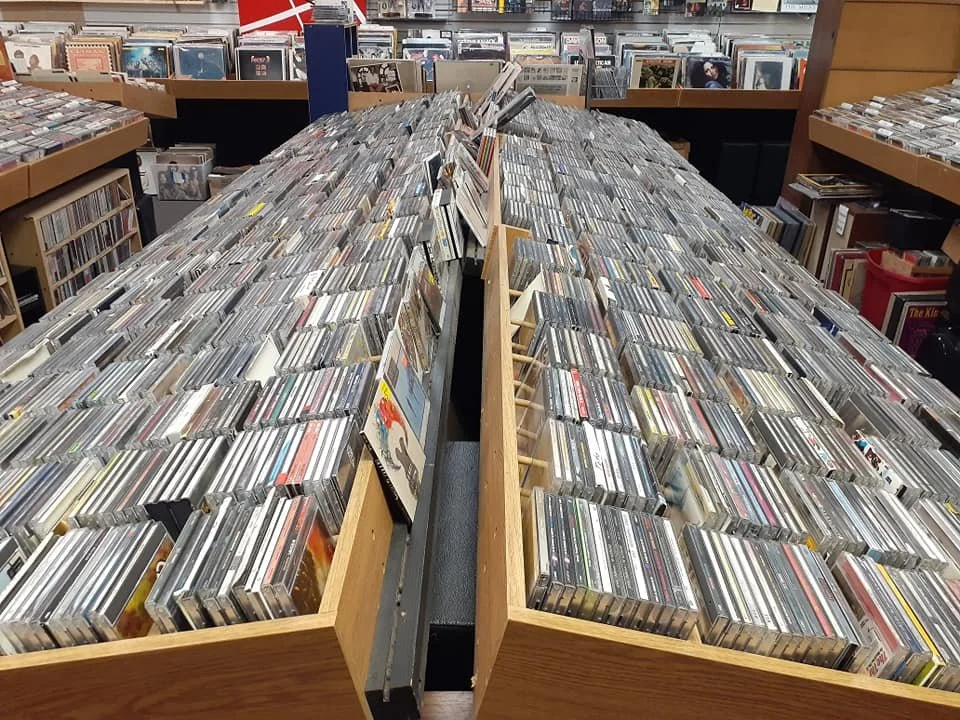In praise of CDs
Composer Jennifer Higdon has a collection of some 3,000 CDs
American composer Jennifer Higdon recently shifted into a new studio and, with the luxury of setting it up as she wanted, she commissioned a wall of shelving for 3,000 CDs. This Pulitzer-Prize winning composer tells me she almost always listens to recorded music on CDs, never on streaming platforms.
"It is better sound,” she says, “but also I love to be able to look at the tracks, and jump around if I’m not finding what I need. Sometimes it’s good to just sink into a particular genre (I’m writing a violin/piano work right now and I’ve listened to 30 discs of that genre)."
Ever since the technology to record musical sounds was developed, every “improvement” in audio recording – listed by New Yorker music critic Alex Ross, in a fascinating chapter “Infernal Machines” in his book Listen to This, as “microphones, magnetic tape, long-playing records, stereo sound, transistors, digital sound, the compact disc and the MP3” - has been greeted by a mix of enthusiasm and doom-laden criticism. Apart from the ultimate and much-predicted death of live music events, the backlash is often directed at loss of fidelity as well as loss of musicality and even humanity in the increasingly “produced” versions available.
With the current availability of multiple music streaming platforms, Spotify, Tidal, Apple Music et al, and the surprising re-awakening of interest in vinyl, unexpectedly “cool” in a retro kind of way, where is the CD in 2025?
I can remember when CDs took over from vinyl in the late 1980’s and some of us felt that the clarity they offered was "a bit clinical". But over the years, the crackle and pop of the scratched vinyl surfaces lost their appeal and piles, racks or shelves of CDs took over in our personal listening libraries.
When we set up our SONOS system at home a decade and a half ago, the man who did the technical work assured us we should download our whole CD collection to online formats and dispose of the discs. We never did this, though increasingly I began to feel as if still listening to CDs was slightly shameful, something out-of-touch dinosaurs did, and that we should "get with the programme" and move everything to digital.
Am I a ‘dinosaur’ in good company? Not only Higdon, with her composer’s ears, but Alex Ross, who has, he told me recently, tens of thousands of CDs. He prefers to listen to music that way, though digital downloads are useful for keeping up with new releases. He also “dislikes streaming on principle, as it exploits artists.”
But isn’t the sound of the music better on CD through our good CD player than we can get through downloads or streaming?
I checked in recently with someone who knows a lot more than me about the technical side of recording and production. Wayne Laird is founder and chief producer of the independent New Zealand record label Atoll Records. His answer to my “quality of sound” question isn’t straightforward.
Wayne Laird of Atoll Records
…prefers CDs for practical rather than sonic reasons.
“I work with digital recordings that are mixed to different digital formats for distribution,” Laird tells me. “The original recording format is always high resolution. There are usually two levels of output files for public distribution: stereo high resolution (retaining the recording resolution), and a sample rate conversion down to stereo CD files. Subjectively the high-res files sound better than CD.”
“Technically,” Laird explains, “the internet should sound better, since it is streaming high resolution files. At least, that's the theory. In practice, there are ways digital streaming platforms might degrade the sound, beyond what the record label controls. But even if the streaming is impeccable, here’s an obvious issue: both the internet file and the CD track require digital-to-analogue conversion, via which the digital data becomes sound waves. That has a big influence on the audio quality.
“If you relied on an ordinary all-purpose computer for converting the internet files to audio then you might get an ordinary all-purpose level of conversion; comparing that sound with sound from a decent CD player which has in it only a simple specialist converter to do one thing, make CD data into audio, then the CD might well sound better. That wouldn't mean the CD format is superior in general.”
Laird tells me he, too, prefers CDs. “They’re no fuss, long-life, robust, and the playback, unlike LP, is noise free, which suits acoustic music. And the format is stable - I have CDs from the 1980s that sound fine today. CDs are less hassle, and I know where to find what I want to hear without starting a computer up. That suits me, but the reasons are practical more than sonic.”
Confused? Well, maybe I am, a little. But let’s look at some other factors.
In 2018, to mark the centenary of French composer Claude Debussy’s death, more than one recording company released his complete works in boxed sets of CDs. I ordered the Warner version, seduced by the packaging, which had a different print by Japanese master Hokusai for every one of the 33 CDs. The 33rd disc was also a bonus, with recordings of Debussy’s own piano playing of 14 pieces from the first book of Préludes, Estampes and the Children’s Corner Suite, originally recorded on Welte-Mignon piano rolls.
The Complete Works of Debussy on CD
…each of the 33 CD sleeves has a different print by Japanese master Hokusai.
My delight in receiving this set is a clue to why I still prefer CDs. I prefer having my music, when not live in concert, in a physical object I can hold. The design of the CD enhances my experience. And then there’s the information – yes, I know it’s on line but I like to read the notes that come in the CD package, follow the tracks as listed and easily find the track I want.
It’s a bit like when e-books arrived on the scene (and the demise of the printed book was wrongly predicted). I have a Kindle and use it for travelling, but I much prefer to read an actual hard-copy book.
What do the statistics tell us about CD sales? Well, the CD format is stubbornly refusing to die. In an Observer article last year Kate McCusker set out the facts. Sales of CDs rose 2% in 2023, the first revenue rise in two decades. In the first half of 2024, sales saw an uptick of 3.2% on the previous year.
The figures were influenced by what was happening in pop music, with Taylor Swift’s use of 19 different physical formats for her album The Tortured Poets Department, including nine different CD variants, clearly contributing to the positive statistics. But the figures suggest something of a small but steady renaissance of interest in CDs.
In our conversation Laird suggested his CD preference, like mine, is age-related. But something interesting is happening when we look at the behaviour of younger generations.
When Key Production, the UK’s biggest vinyl packaging firm, surveyed who was listening in which format, it found Generation Z, the 18-24 year olds, are listening to more vinyl, CDs and cassettes than any other age group. 59% of that group are listening through physical formats. “We know vinyl and CDs are popular again,” says CEO of Key Production, Karen Emanuel, “but it’s not the generations who grew up with them! From the warmer audio quality to the beautiful artwork and holding a physical record in your hands - buying physical music formats just can’t be matched and it makes me happy that younger people recognise this too and are embracing the analogue music experience.”
CDs are continuing to sell to Generation Z
…with 59% of that age-group listening through physical formats.
Globally, the numbers further reinforce the persistence of CDs. According to the International Federation of the Phonographic Industry (IFPI), global CD sales accounted for over $4.5 billion in revenue in 2024, a steady contribution amidst the rise of streaming. Markets like Japan and Germany continue to see significant CD usage, driven by a cultural appreciation of so-called tangible media. Additionally, collectible CDs, such as deluxe editions and limited runs, have gained popularity among audiophiles and casual listeners alike.
It seems my own listening preference is coming back into fashion. I need not feel ashamed of my piles of CDs – in a single package each is offering me the sound, design and information I want, and I’ll continue to appreciate them for that.




